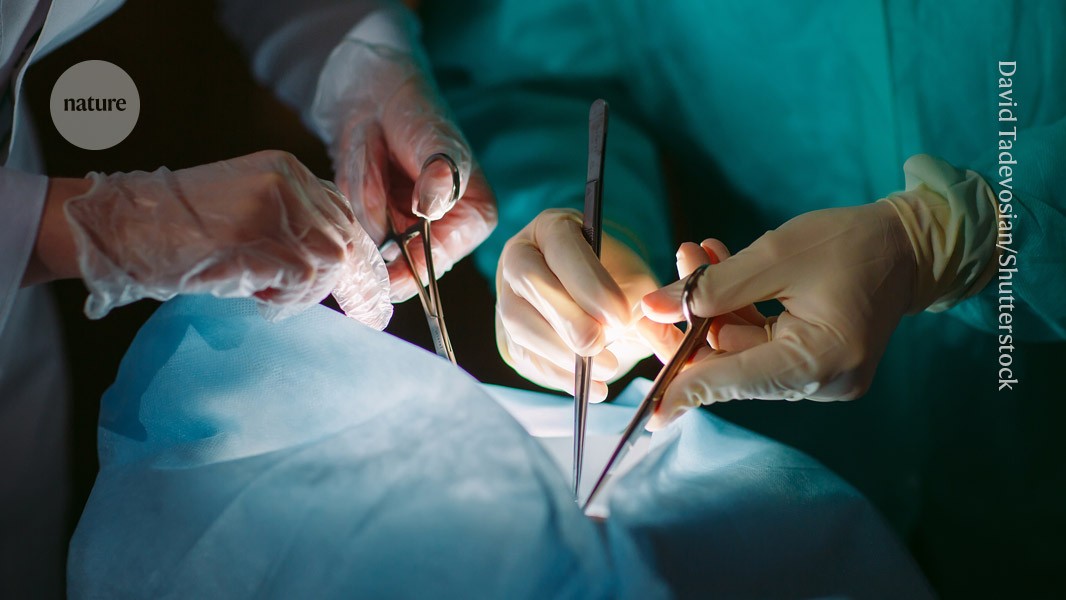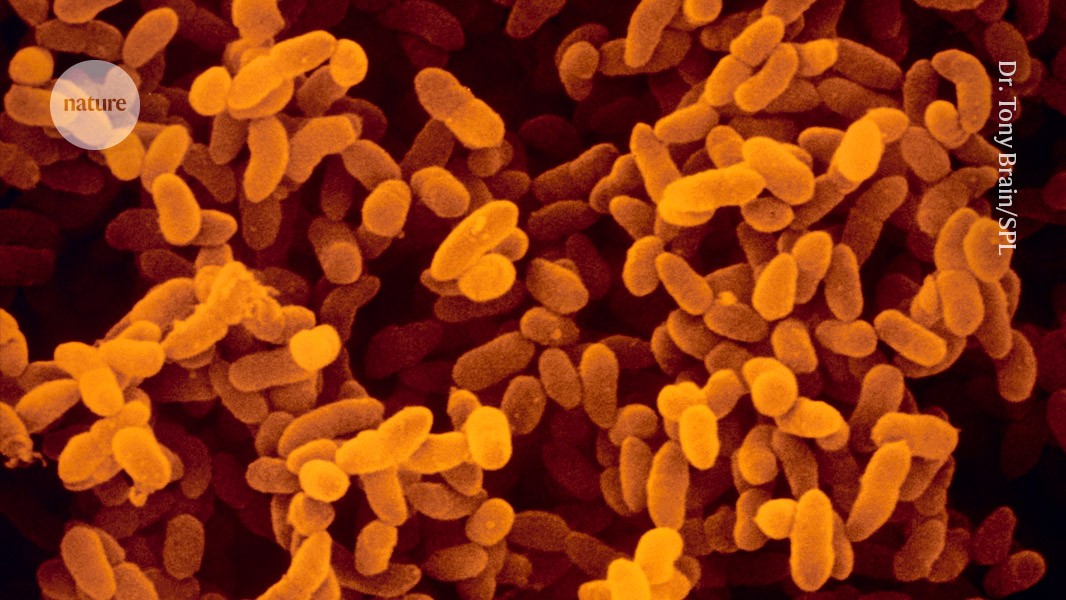- Science Simplified
- Posts
- This week in science
This week in science
Happy Wednesday morning! Thanks for joining in for another week. Here’s 5 new articles to satisfy your science crave for the week.

We’ve all heard that having thumbs is a big advantage. Well, what about 2? This recently published study developed a second opposable thumb and looked into how people adjusted to it for everyday use. Overall, the users approved and were able to quickly grasp how to use the new robotic digit.
The full study (unfortunately paywalled): https://www.science.org/doi/10.1126/scirobotics.adk5183
If you’ve been reading for a while, you know I love my xenotransplants (animal → human). Specifically, there’s been an explosion of pig to human transplants in the last 2 years for a variety of organs including the heart, kidney, thymus, and now liver.
The transplant recipients have been in poor shape and out of other options. Xenotransplants are highly experimental and have many kinks to work out before their perfected, but the recipients are both giving themselves hope and providing valuable info that informs that next designs.
You never know if you’ll be the one that finally works.
There’s a whole system of neural communication that happens behind the scenes. Our brain doesn’t just let us think and act, it also sends a constant stream of signals all across our body. This includes to areas we don’t typically think about in the context of neural activity, such as fat deposits.
In this study, the scientists explored how the communication between the hypothalamus and fat deposits affects aging. They found that upon stimulation, the fat deposits send out signals that slows age-related changes throughout the body.
A common issue with antibiotics is that they can kill the good bacteria we have living in our guts. The authors designed a new antibiotic agent that targets a pathway common in harmful (gram negative) bacteria but not the beneficial type we live with.
Food allergies range from being mildly annoying to deadly and don’t currently have a cure. This paper describes a newly developed nanoparticle system designed to treat allergic responses by targeting the immune system.
See you next week for more science,
Neil


If you liked this post and want to keep getting cool science delivered to you, sign up for free:



Reply